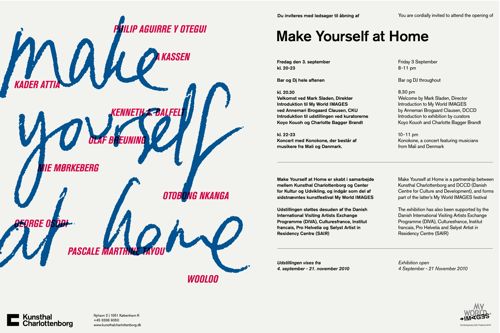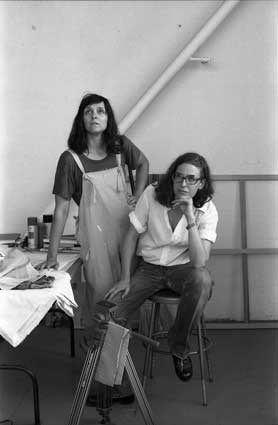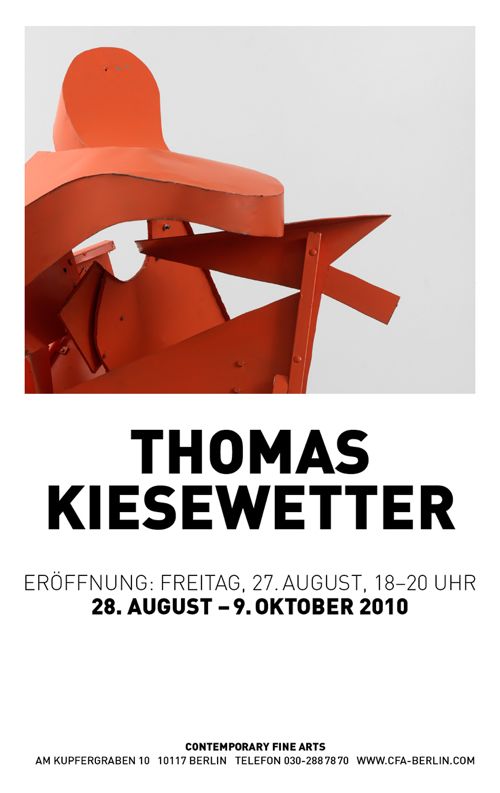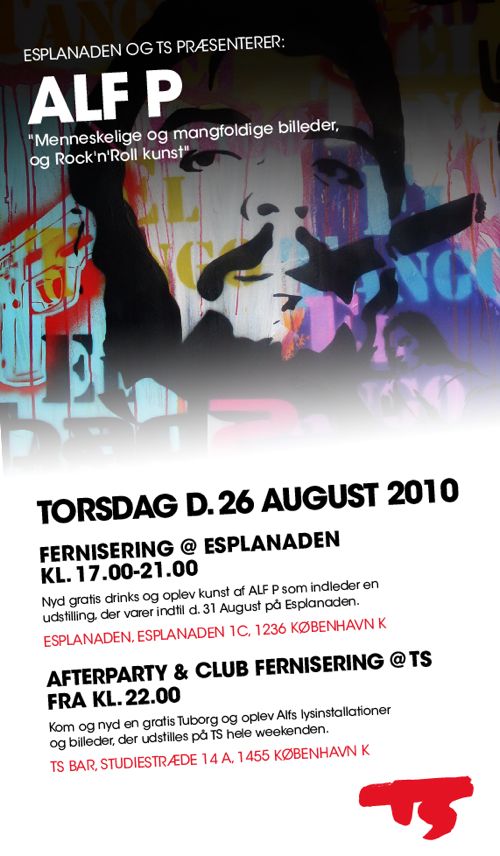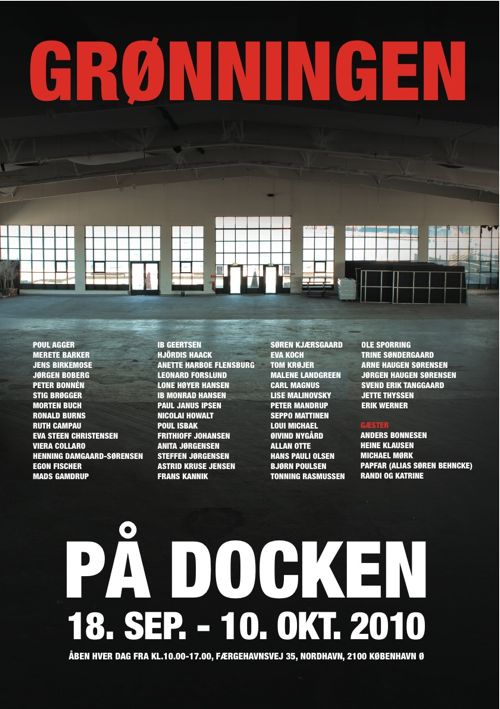
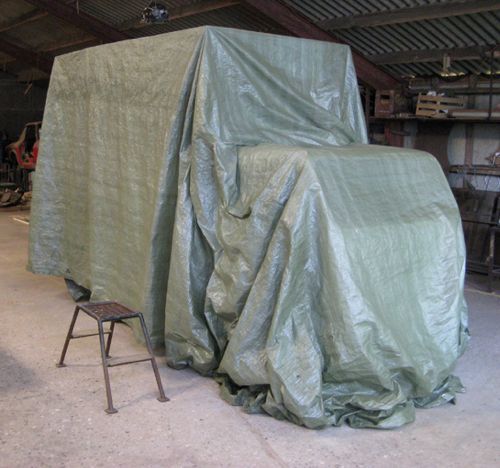
Month: August 2010
Copenhagen Graffiti (Wall) ::….




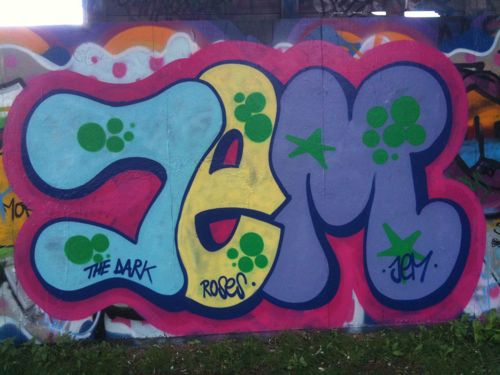
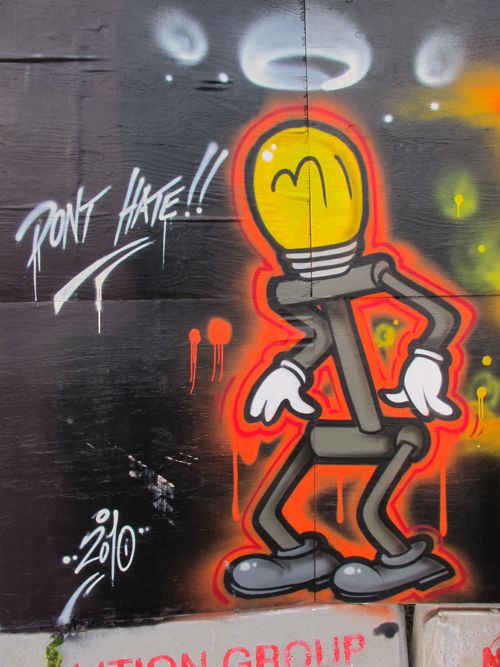


Yuki Kimura
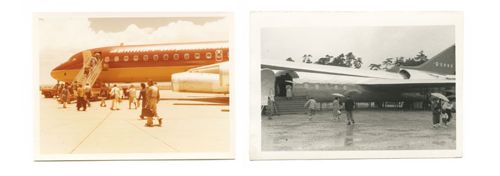
Based in Kyoto, Kimura uses photographs and film in the context of contemporary art as materials, as well as analysis and thought concerning time and image, and has exhibited two- and three-dimensional works that expand into the exhibition space. Beginning with the 6th Istanbul Biennial (1999), she has participated in foreign group exhibitions and major art fairs, steadily continuing to receive better reviews, centering on those from domestic and foreign critics and curators who follow the next generation of artists.
Make Yourself at Home
Ulrike Müller / K8 Hardy
Marcus Coates
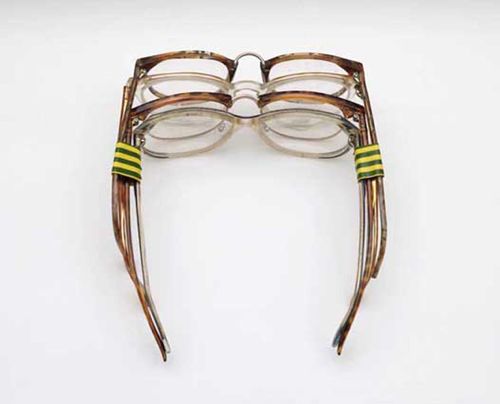
Marcus Coates is renowned for his shamanic performances, where a community or an individual is invited to ask difficult questions pertaining to their own predicament, from the deeply personal to the broadly political. Coates summons answers by communing with an animal kingdom that is part imagined, part scientifically observed. In costume and literally entranced, he relates the nature of this host of species and their attendant attributes; and from these narratives he extracts analogies, identifies thought patterns and discerns clues to a wider understanding.
For his first exhibition at the gallery, Coates has absented himself from the gallery, displaying only the material peripherals of these performances. We are presented with the questions asked and answers offered, as well as the costumes and objects used to facilitate the exchange, displayed like anthropological artefacts of a strangely familiar culture. The questions and answers are translated and transcribed during each performance, the handwriting indicating a sense of urgency behind each social, political or personal problem addressed. The objects have been collected, adapted and reused over years, bridging the utilitarian and the symbolic, the everyday and the mythical. Several pairs of glasses bound together become a mask and a mode of seeing beyond the immediate; lemon juice produces a soured, contorted face, which, in some shamanic traditions, increases the chance of admittance to the grotesque realm of the spirits.
Participants in these performances may or may not believe in Coates’s abilities as a transcendental shaman – the point is not so much the validity of his claims, but the discussion they elicit. With such pressing issues as anorexia and war on participants’ agendas, it can be the naïve outsider who asks the obvious, but useful, questions. And it is Coates’s recourse to the world of animals that demarcates an alternative space, enabling the demystification of social relations, imaginative speculation on causes and the dramatic resolution of enduring problems.
Becky Beasley // P.A.N.O.R.A.M.A.
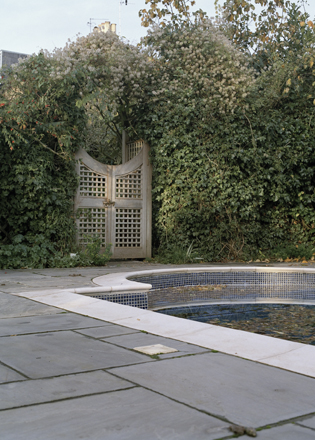
There is an undeniably tragic irony in dropping dead while digging a whole
in the ground. This is more or less what overcame Eadweard Muybridge on
May 8, 1904. A closing note in every biography of the late photographer
speculates on the fact that at the time of his death he was busy digging out
a scale model of the American Great Lakes in his back garden at No. 2,
Liverpool Road, Kingston. Muybridge had retired and after an early career
as a book seller and later on as a successful photographer in the US, had
returned to England, serenely converting to gardening.
Beasley’s works have often dealt with finding bare existential conditions
buried in small, closed environments – the space of a room, a book, a box,
or of a dish, presenting them as banal theaters of the human condition and
the choices it leaves. The particular starting point for P.A.N.O.R.A.M.A. is the
fenced Victorian garden of E. Muybridge, as it was maintained and adapted
by its current owners. A panoramic series of 12 segmented photographs,
Beasley’s first digitally produced colour works, were taken in the actual garden
early winter of 2009 and were named after the individual panels of
Muybridge’s 1878 panorama of San Francisco, the orientation of each of the
views in the garden corresponding to one of the views of the San Francisco
panorama. The figure of the fenced garden, the swimming pool — a bit further
on in the show the viewer will discover the figure of the lakes — function very
much like key holes, allowing an oneiric slippage of the physical world into a
uncanny, surreal state, tracing both Muybridge’s late moments and the
photographic condition as a passage from light to dark, from movement to rest.
The exhibition consists of new gelatin silver print photography, Beasley’s first
digitally produced color prints, sculpture and a monumental linoleum floor work.

